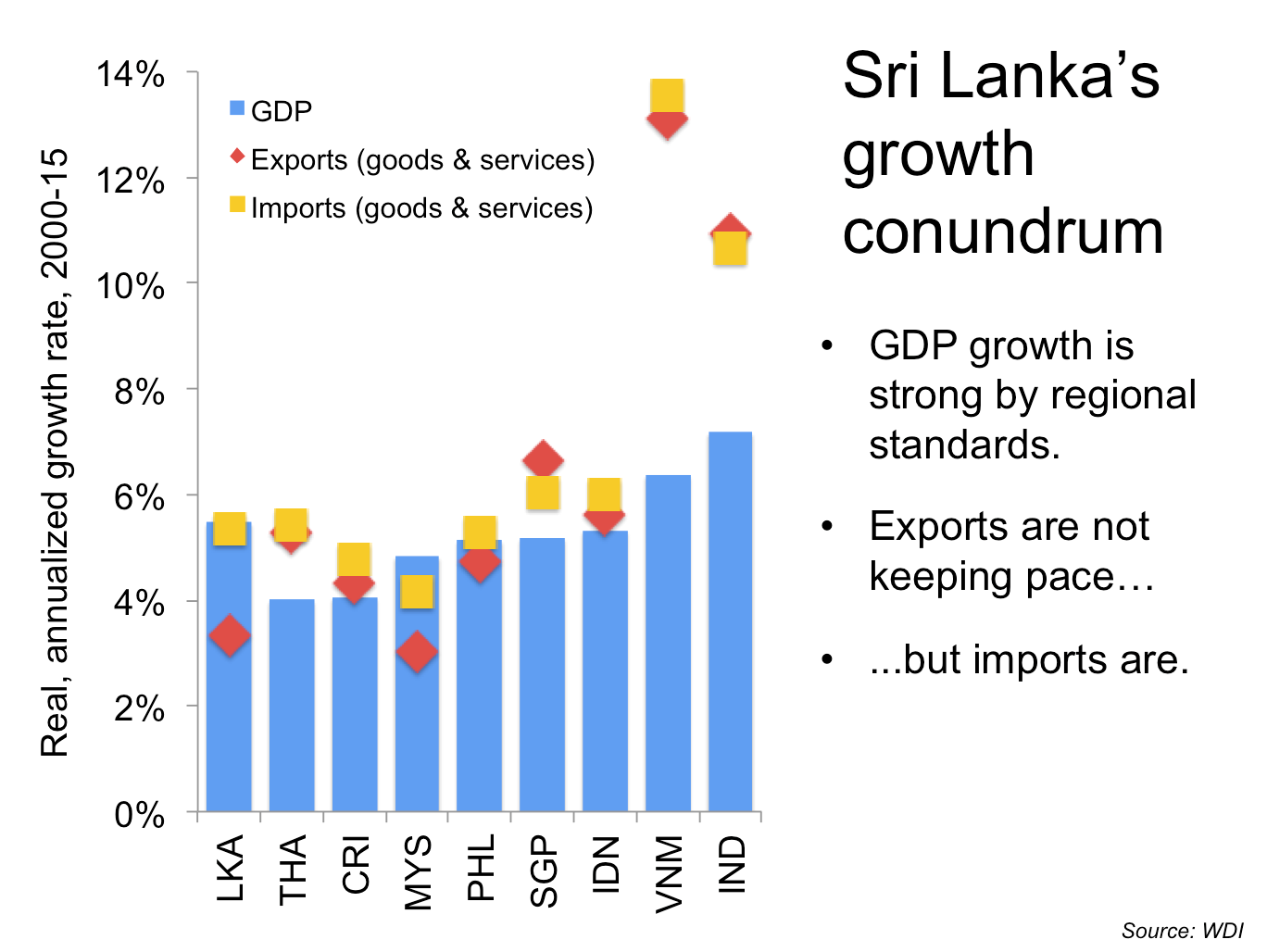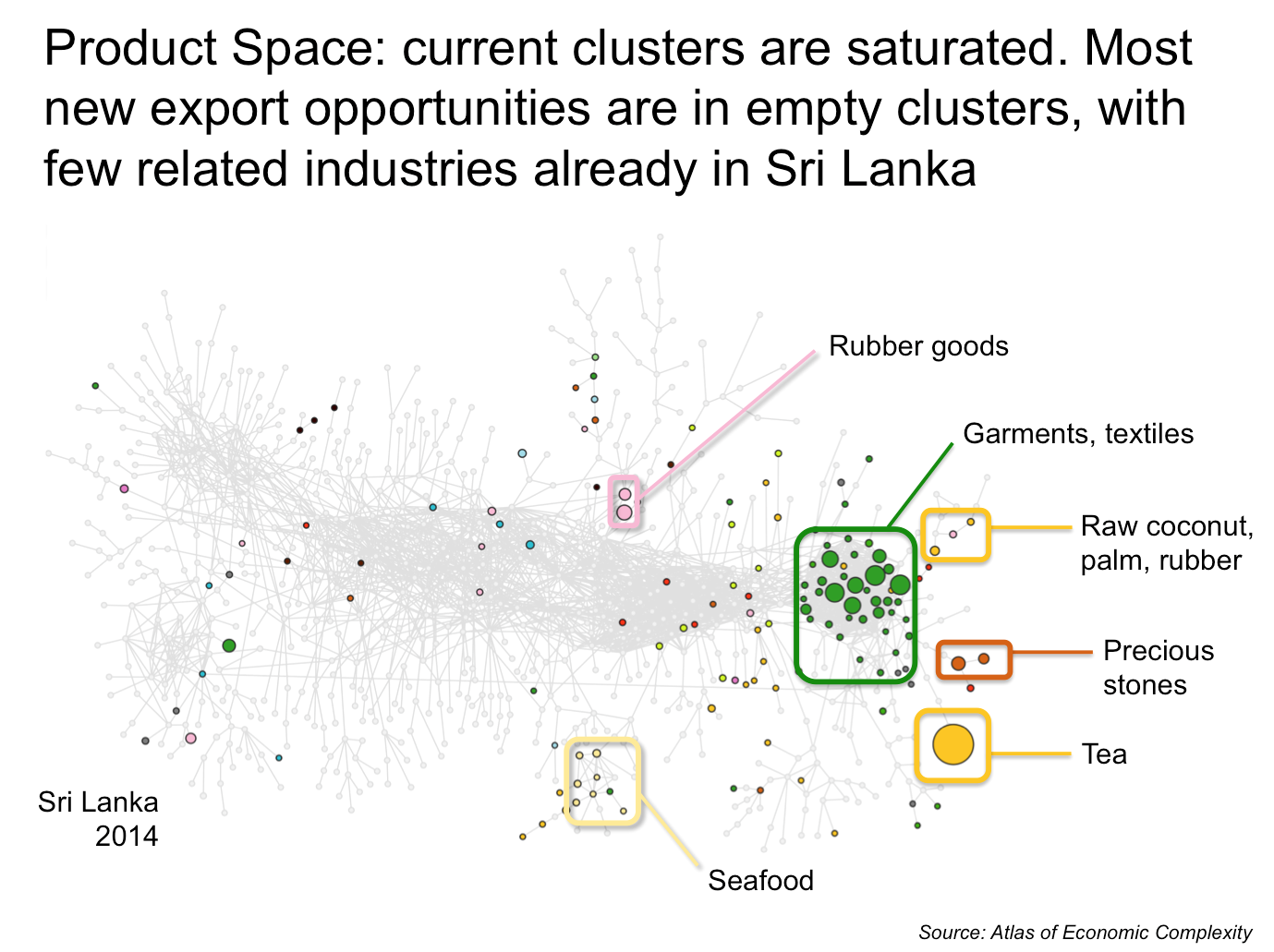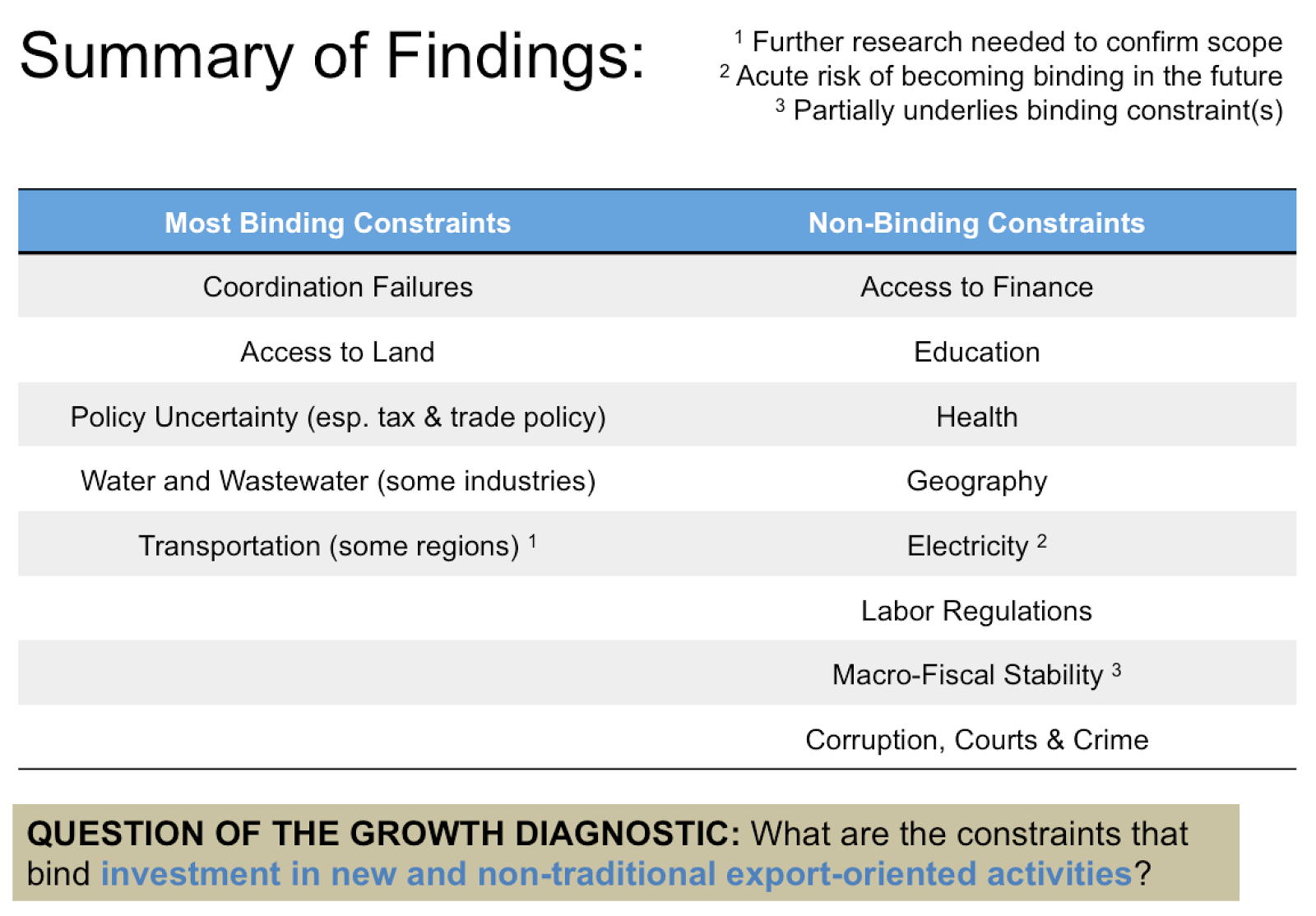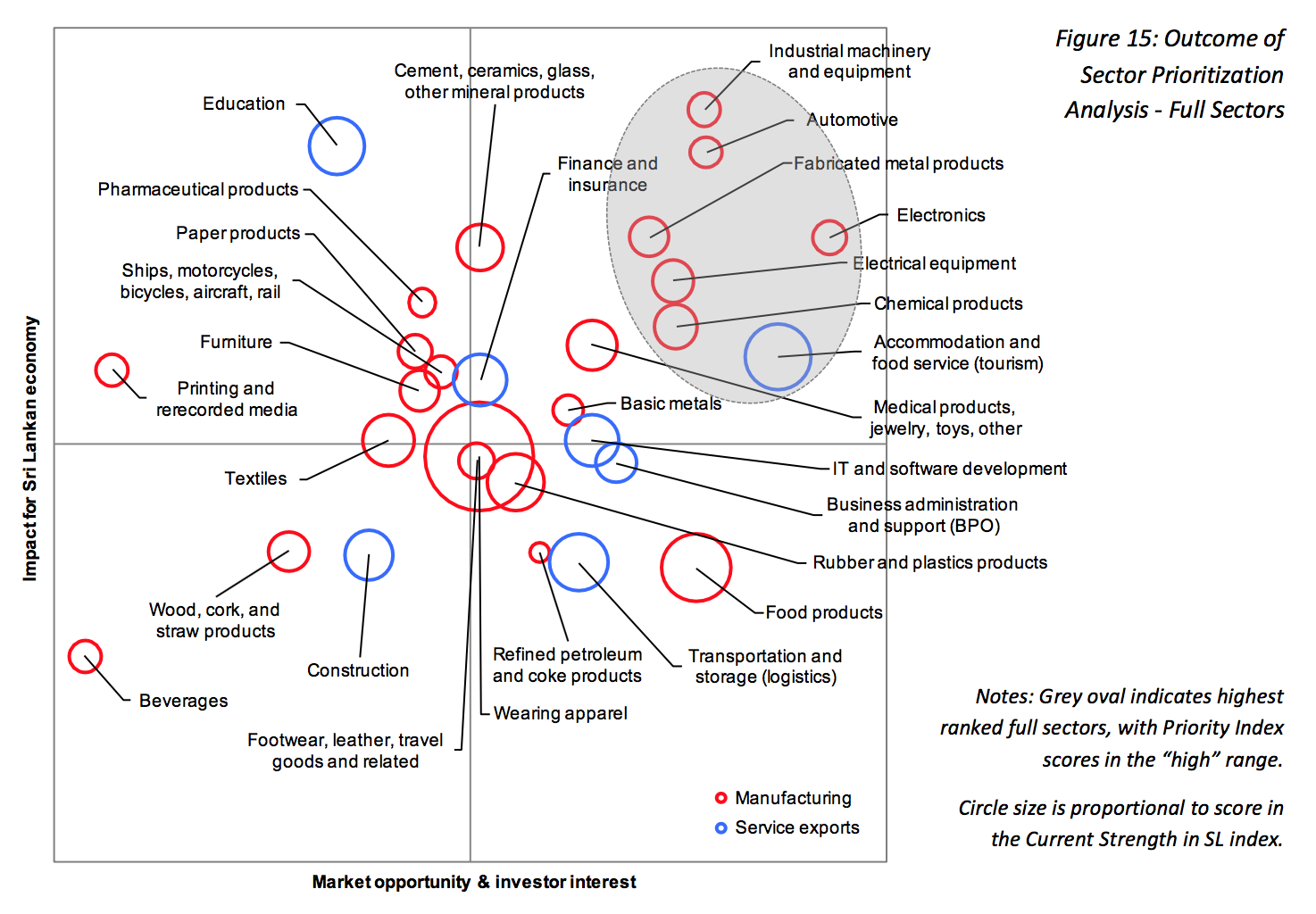SORT BY POLICY AREA
- Cities/Regions (52)
- COVID-19 (14)
- Diasporas (9)
- Economic Complexity (57)
- Gender (11)
- Green Growth (16)
- Growth Diagnostics (45)
- Inclusive Growth (19)
- Industrial Policy (24)
- Migration & Mobility (39)
- Poverty (5)
- Product Space (18)
- Remoteness (9)
- Skills & Human Capital (40)
- Structural Transformation/Diversification (34)
- Telework (3)
- Tourism (3)
- Trade/Foreign Direct Investment (25)
SORT BY COUNTRY/REGION
For additional research view the CID Publications page and the HKS Faculty Research Connection.
Copyright © 2024 The President and Fellows of Harvard College | Privacy | Accessibility | Digital Accessibility | Report Copyright Infringement




